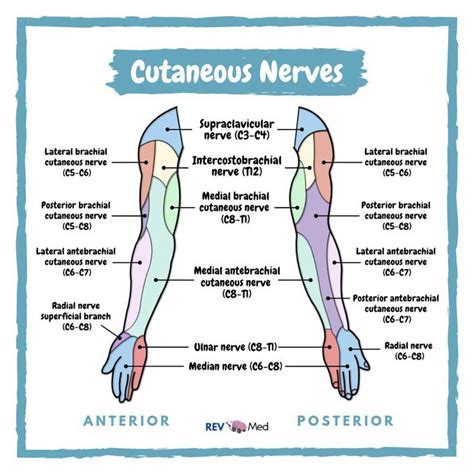Technical Sports Analysis: Comprehensive Review Of Game Statistics

The world of sports has undergone a significant transformation in recent years, with the integration of advanced technologies and data analysis playing a crucial role in team and player performance evaluation. Technical sports analysis, in particular, has emerged as a vital tool for coaches, trainers, and players to gain a competitive edge. This comprehensive review aims to delve into the realm of game statistics, exploring the various aspects of technical sports analysis and its applications in modern sports.
Introduction to Technical Sports Analysis
Technical sports analysis refers to the process of collecting, analyzing, and interpreting data related to player and team performance in various sports. This data can include metrics such as speed, distance, acceleration, and other physical attributes, as well as tactical and strategic aspects of the game. The primary goal of technical sports analysis is to provide insights that can inform coaching decisions, improve player performance, and enhance overall team strategy. Advanced data analysis techniques, such as machine learning and artificial intelligence, have become increasingly important in this field, enabling analysts to uncover patterns and trends that may not be apparent through traditional methods.
Key Performance Indicators (KPIs) in Technical Sports Analysis
KPIs are quantifiable measures used to evaluate player and team performance. In technical sports analysis, KPIs can be broadly categorized into physical, technical, tactical, and strategic indicators. Physical indicators include metrics such as speed, distance, and acceleration, while technical indicators encompass skills such as passing, shooting, and dribbling. Tactical indicators focus on team formation, positioning, and movement, and strategic indicators examine aspects such as game planning, player selection, and in-game decision-making. The following table highlights some common KPIs used in technical sports analysis:
| Category | KPI | Description |
|---|---|---|
| Physical | Speed | Average speed of a player during a game |
| Technical | Pass Completion Rate | Percentage of successful passes completed by a player |
| Tactical | Team Possession Time | Duration of time a team maintains possession of the ball |
| Strategic | Game Plan Execution | Evaluation of a team's ability to execute its game plan |

Applications of Technical Sports Analysis

Technical sports analysis has a wide range of applications in modern sports, from player evaluation and development to team strategy and game planning. Player profiling is a key application, where analysts create detailed profiles of players to identify strengths, weaknesses, and areas for improvement. Team performance analysis involves examining team dynamics, tactics, and strategies to inform coaching decisions and optimize team performance. Opponent analysis is also crucial, as it enables teams to prepare for upcoming games by studying their opponents’ strengths, weaknesses, and tendencies.
Real-World Examples of Technical Sports Analysis
Several professional sports teams and leagues have successfully implemented technical sports analysis to gain a competitive edge. For example, the National Football League (NFL) uses advanced data analysis to evaluate player performance, track injuries, and inform coaching decisions. The National Basketball Association (NBA) also employs technical sports analysis to optimize team strategy, improve player development, and enhance fan engagement. In soccer, teams like Barcelona and Manchester City have invested heavily in technical sports analysis, using data-driven insights to inform player selection, tactics, and game planning.
- NFL: Uses data analysis to evaluate player performance and track injuries
- NBA: Employs technical sports analysis to optimize team strategy and improve player development
- Barcelona: Invests in technical sports analysis to inform player selection and tactics
- Manchester City: Uses data-driven insights to enhance game planning and player development
What is technical sports analysis?
+Technical sports analysis refers to the process of collecting, analyzing, and interpreting data related to player and team performance in various sports.
What are some common KPIs used in technical sports analysis?
+Common KPIs include speed, distance, acceleration, pass completion rate, team possession time, and game plan execution.
How is technical sports analysis applied in modern sports?
+Technical sports analysis is applied in player evaluation and development, team strategy and game planning, and opponent analysis.
In conclusion, technical sports analysis has become an essential tool in modern sports, enabling teams and players to gain a competitive edge through data-driven insights. By understanding the key performance indicators, applications, and real-world examples of technical sports analysis, teams can optimize their performance, improve player development, and enhance overall strategy. As the sports industry continues to evolve, the importance of technical sports analysis will only continue to grow, driving innovation and excellence in player and team performance.


